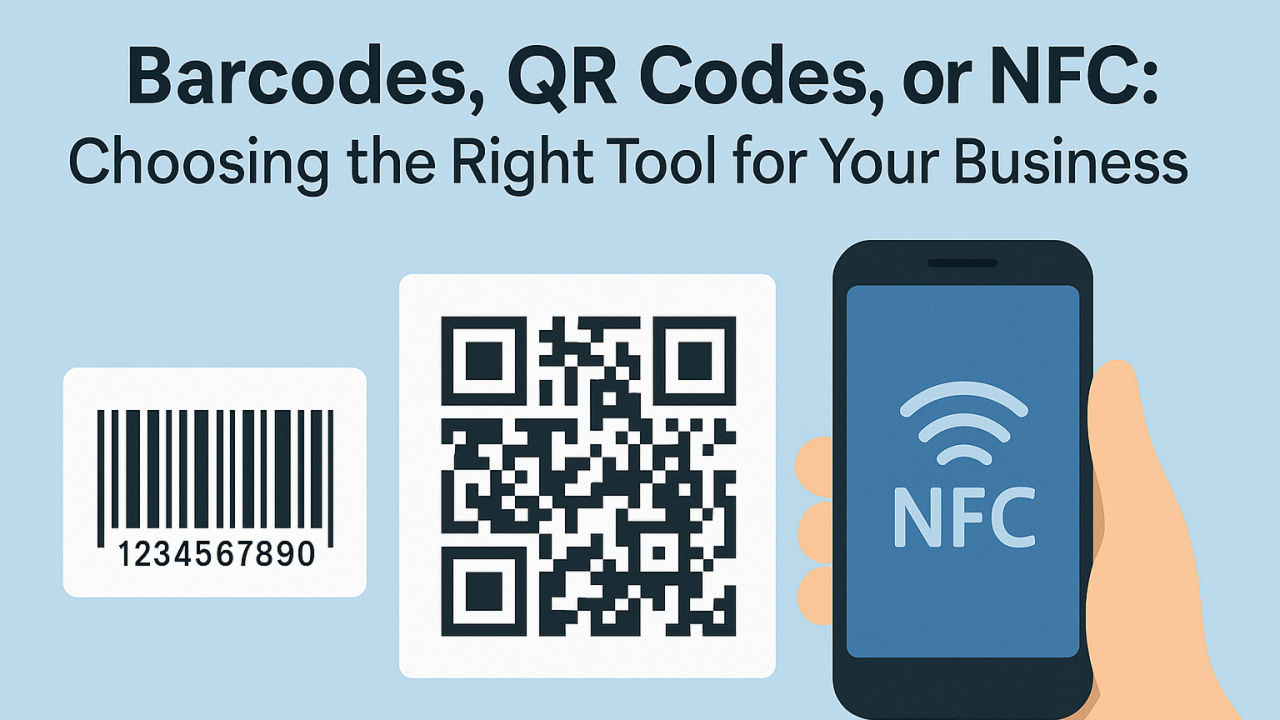What’s the relationship between BPM and low code development? Under the increasingly fierce competition, what new requirements do companies have for the business process management system?
New trends in BPM development
BPM is a system tool that improves the workflow of an enterprise under changing circumstances. Often, the improvement of these projects is complex, resource-intensive, and laborious. However, the new BPM software (such as yeeflow) is more focused on the research and development of automated workflows to promote the flow of business activities. The new BPM software includes a platform for adding low-code applications, the use of artificial intelligence, and voice and conversational input.
BPM attempts to use technology to make processes tend to be digital, thereby enhancing the user experience. At present, many overseas BPM developers have shifted their main direction from how to reduce costs to how to focus on customer experience and digital conversion. The companies are increasingly demanding office systems and processes to realize data, and these needs have pushed up innovation in the business process management system.

The need changes of enterprises towards a business process management system
The requirement for low code
Today’s fast-growing companies have higher requirements to the management system. What’s more, the low-code iterations are faster than before that are closer to the needs of users. In addition to helping enterprises reduce costs by automated processes, low code and BI, BPM management platform, for example, yeeflow, provides better support for them. Meanwhile, the low code implementation makes it become a bridge with a variety of information systems. In short, the development of low code has promoted the upgrade of business process management system.
The focus on smart devices
As smart devices are used more and more frequently in the office, enterprises have regarded mobile office as a priority. Therefore, whether mobile development is close to the actual business application has become a key indicator for enterprises to measure the quality of BPM developers.
The rapid innovation
In each part of the BPM tool, the developers are innovating. Whether it is integration with social products, natural language processing NLP, or external integrated services, this has become a breakthrough point in the continuous innovation of the BPM management platform itself.
Regarding the data analysis, people hope to manage their enterprises more clearly and transparently, such as charts and data graphs. Especially for those cross-regional group companies, on the one hand, they attach importance to cost control, on the other hand, they concern the collaborative work between different departments. These companies expect to know the entire operation through digitalization.
What is the low code?
The low code helps developers to design application programs by visual ways. Through a low-code platform, companies can quickly build applications. Non-technical personnel can also participate in the process. Compared with traditional programming, it can achieve higher efficiency. In this way, people can build their workflow with less time and energy, and the initial investment in setup, training, and deployment is minimal as well.
The market is fiercely competitive, and the emergence of low code can fully meet customer’s demand. At the same time, the scarcity of high-quality projects in the capital market and the rise of AI technology have all contributed to the development of low code technology.
The features of low code platform
1.You can select the appropriate UI interface from the UI library to customize the theme style, menu style, etc.
2.Modules and menus can be set flexibly. Enterprises can adjust the structure of them at any time according to their own business adjustments.
3.Developer can use code generator and they don’t need to manually code themselves.
4.Low code is fully configured for workflow, forms, permissions and other functions, and enterprises can apply existing business templates.
Low code development
Foreign mainstream low-code companies mainly include Salesforce, Mendix, Outsystems, Appian, Joget, etc. Most of these companies have been established for more than 10 years. They have long-term focus on the financial field, HR field, CRM, etc., mainly providing form processing, workflow management, office collaboration, etc.
There are certain industry barriers in the low-code market
This barrier is not just a technical barrier, but requires an in-depth understanding of customer needs in different industries, which requires a lot of accumulation and research. Take OutSystems as an example, its low-code development platform can cover a wider range of business application. From large-scale task solutions (replace traditional ERP/CRM systems), to mobile and web applications as well as account registration, and customer self-service applications. It currently has more than 400 corporate customers in 25 countries, with revenues well above US$100 million and an annual growth rate of more than 70%.
The relationship between BPM and low code
The low code platform reduces coding difficulty, and it can help developers customize mobile applications in a simpler way. These platforms are creative, agile, easy to understand, and require very little coding skills. BPM focuses on process development based on the use of low code, and the purpose is to boost organizational efficiency by systematically improving the internal business processes of the enterprise.
The current front-end of business process management system is mainly based on forms to achieve rapid development, and the style is relatively fixed. Unlike traditional development models, the low-code platform provides developers with greater flexibility, and it can be modified at any time. All in all, With low code, the development of BPM software does not require too much time and effort.





.png)

